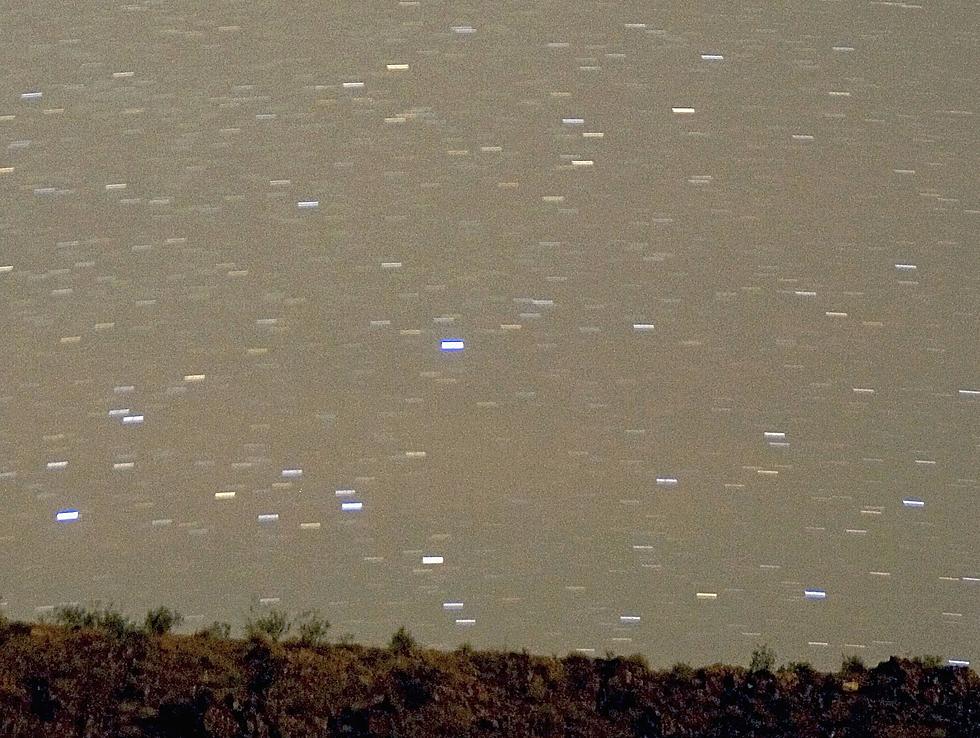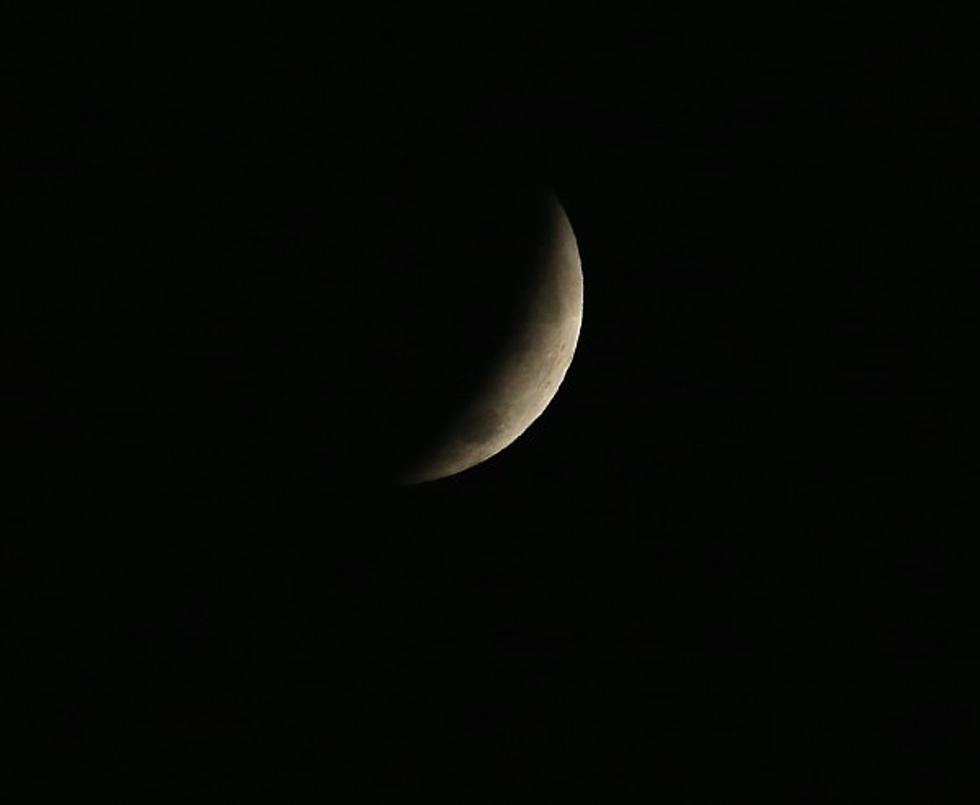
Perseid Meteor Shower 2013: Tips for Viewing it in the Yakima Valley
Clear skies over the valley combined with a midnight setting moon should make the early morning hours of Tuesday, Aug. 13 the best time to view this annual celestial spectacular.
The Perseid shower happens every August when Earth, in its orbit around the sun, runs into space debris left behind by the comet Swift-Tuttle. That brings cosmic dust into the atmosphere, where it vaporizes into fiery streaks in the sky.
Here's a few viewing tips.
You won't need a telescope or binoculars. The shower will be readily visible to the naked eye. Also, pick a spot away from light pollution.The valley has many areas that are far enough from major light sources that will provide optimum viewing.
Here are a few more tips from the American Meteor Society:
You can watch pretty much every direction. Look about two-thirds away up to the sky to avoid light pollution over the horizon. It’s also the most confortable position if you’re in a long chair or lying on a blanket! During the best hour for observing the Perseids this year, you’ll have to look North/East to find the Perseus constellation. It may be easier to find Cassiopea first (the constellation that looks like a “W”): Perseus is right next to it.
You can visit the AMS Perseid webpage here.


![Yakima Residents Capture Rare Conjunction of Venus and Jupiter [PHOTOS]](http://townsquare.media/site/137/files/2015/07/VJ_Pro.png?w=980&q=75)
